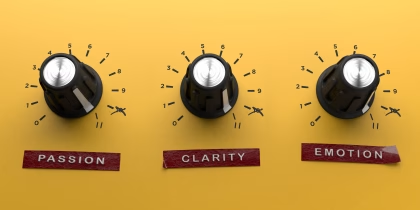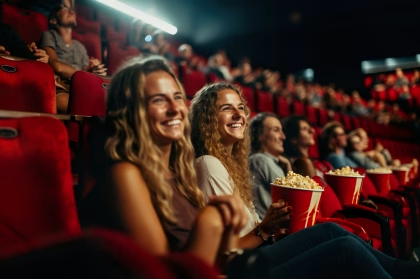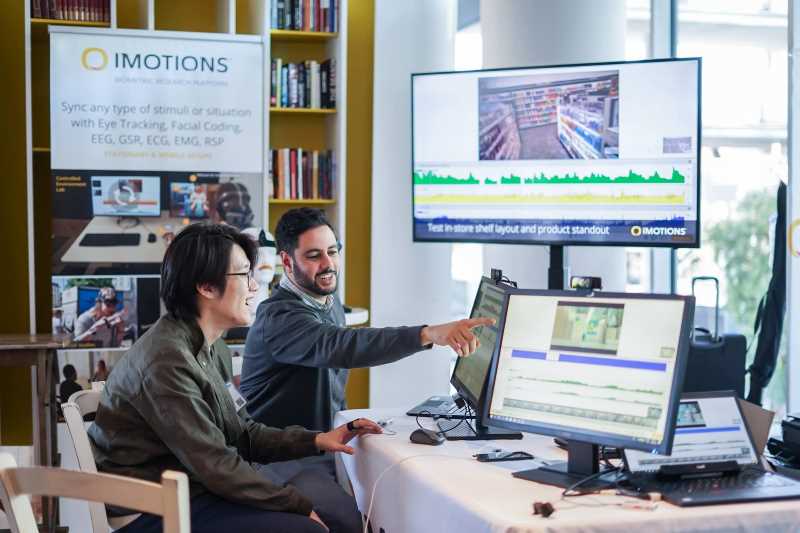Abstract: Today, museum visits are perceived as an opportunity for individuals to explore and make up their own minds. The increasing technical capabilities of Augmented Reality (AR) technology have raised audience expectations, advancing the use of mobile AR in cultural heritage (CH) settings. Hence, there is the need to define a criteria, based on users’ preference, able to drive developers and insiders toward a more conscious development of AR-based applications. Starting from previous research (performed to define a protocol for understanding the visual behaviour of subjects looking at paintings), this paper introduces a truly predictive model of the museum visitor’s visual behaviour, measured by an eye tracker. A Hidden Markov Model (HMM) approach is presented, able to predict users’ attention in front of a painting. Furthermore, this research compares users’ behaviour between adults and children, expanding the results to different kind of users, thus providing a reliable approach to eye trajectories. Tests have been conducted defining areas of interest (AOI) and observing the most visited ones, attempting the prediction of subsequent transitions between AOIs. The results demonstrate the effectiveness and suitability of our approach, with performance evaluation values that exceed 90%.
Related Posts
-

Why Dial Testing Alone Isn’t Enough in Media Testing — How to Build on It for Better Results
Consumer Insights
-

Tracking Emotional Engagement in Audience Measurement is Critical for Industry Success
Consumer Insights
-

How Real-Time Audience Intelligence Is Revolutionizing Modern Advertising
Consumer Insights
-

The Uncanny Valley And Designing Trust in Human-Robot Interaction
Academia



